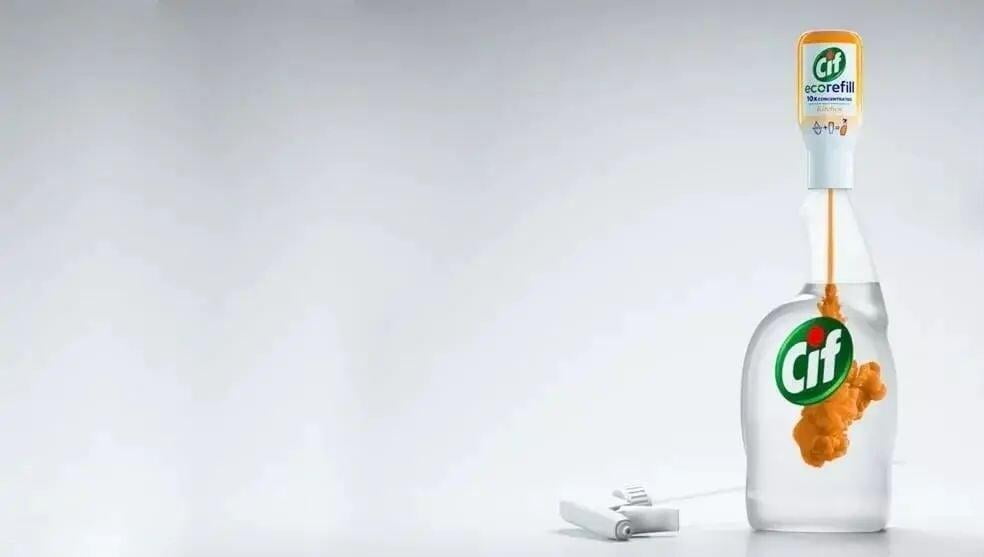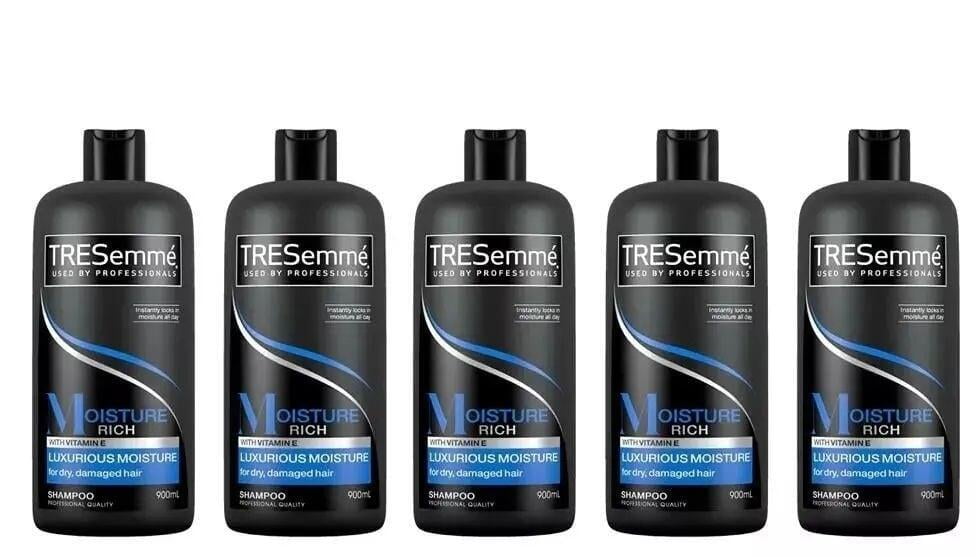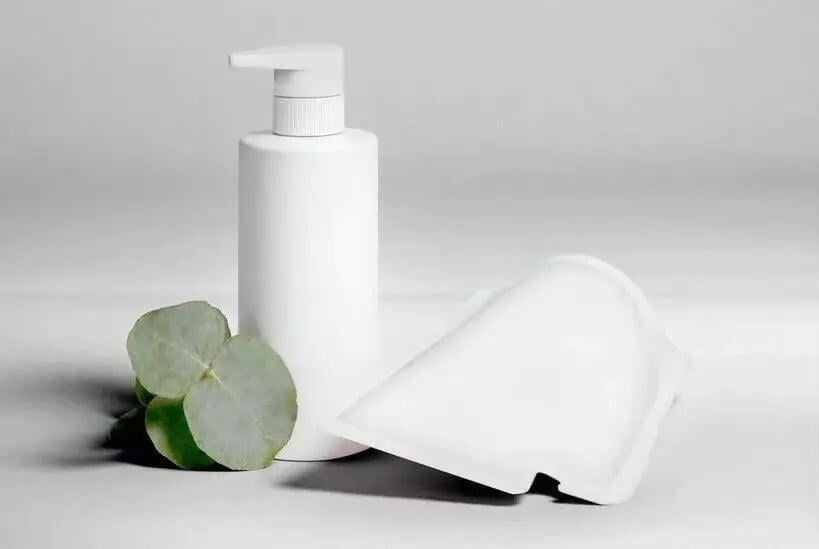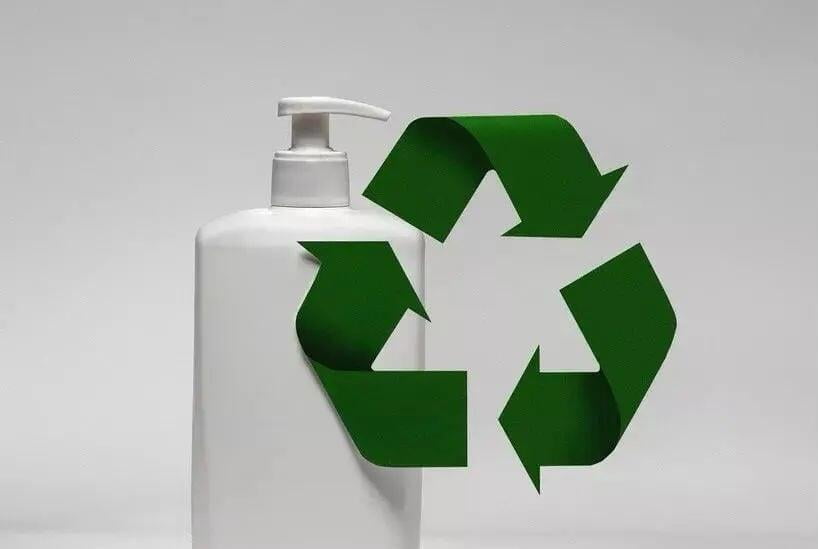Innova consumer research shows that more than 50% of global consumers strongly agree that food companies should only use sustainable packaging, including nearly 40% of Chinese consumers. Different groups have different attitudes toward sustainable development. Younger, newer consumers are concerned about the impact of the products they buy on the sustainability of the planet and expect companies to take the lead in environmental initiatives, such as reducing deforestation and supporting animal welfare, while middle-aged and older groups place more value on reducing food waste and supporting local products. In addition, consumers in developing countries are more concerned about the social and environmental impact of the products they buy than consumers in the United States and Europe. In response to consumer demand and social development, many FMCG and supermarket giants have invested in sustainable development projects.
The trend of green packaging is the most significant, with most beverage brands having achieved 100% recyclable packaging; at the same time, sustainable packaging in other categories is also evolving. The data show that global new food and beverage launches with biodegradable and compostable products grew by 16.4% and 53.9%, respectively, between 2015 and 2019.
As recyclability becomes an important part of the circular economy, the use of single materials is beginning to grow. Several packaging suppliers are introducing more recyclable single-material solutions to replace traditional multi-material laminated non-recyclable packaging. The wind of "circular economy" is strong, especially in the field of plastic packaging, major FMCG companies have released their 2025/2030 vision, aiming to reduce the content of new petroleum-based plastics in plastic packaging, and enhance the proportion of renewable plastics or bio-based plastics. Let's take a look at what the three major daily FMCG giants Unilever, P&G and L'Oreal have in store to reduce the carbon footprint of plastic packaging.
Unilever
Unilever said Monday that it will cut the amount of new plastic in its packaging by half by 2025. Unilever also vowed to "collect and process more plastic packaging than they sell out." Unilever's plastic packaging footprint is currently around 700,000 tonnes per year. Since 2017, Unilever has been reducing its carbon footprint by innovating in product formulations and packaging structures, as well as packaging materials and distribution channels.
1. 10 times ultra-concentrated refills that reduce the amount of plastic by 75%
Unilever's new Crystal Jade brand (Cif) ecorefill detergent comes in a 10x ultra-concentrated refill, so consumers only need to buy one spray bottle for a lifetime of use.

This packaging innovation reduces the amount of plastic used by 75 percent. Consumers diluting their products at home means 97% less water in transit, 87% less truck loads on the road, and a reduction in greenhouse gas emissions.
2. 35% less plastic packaging for built-in compartment popsicle boxes
Unilever has designed an innovative package with built-in compartments for its ice cream brand Solero. This box is made of specially designed polyethylene coated cardboard and each box can hold 5 popsicles. Since each popsicle does not require individual plastic packaging, each box can reduce plastic packaging by 35%.

This new design ensures that the quality of Solero popsicles is not compromised, allowing consumers to enjoy the same great tasting popsicles as always. The packaging is an innovation from Unilever's GetPlasticWise initiative, which seeks to work with partners to find solutions to support and guide consumers on how to reduce their plastic consumption.
3. Black plastic bottle with new detectable pigments
Unilever's Lynx and TRESemmé brands have begun incorporating new detectable pigments into their plastic bottle packaging. This means that these bottles, which are made of black plastic, can be identified and sorted in recycling plants so that they can be recycled.

This technology currently allows for an additional 2,500 tons of plastic bottles to be sorted for recycling in the UK alone. Unilever hopes to work with other manufacturers to promote this technology in more countries and regions.
Procter & Gamble
The patented recycling process developed by P&G was licensed to PureCycle Technologies for production conversion. This recycling process separates the color, odor and other contaminants from the waste plastic material and converts it to an unused grade of resin. Procter & Gamble (P&G) has committed to reducing the use of new petroleum-based plastics in its plastic packaging by 50 percent by 2030.
P&G will do this by lightweighting, increasing the recycled plastic content of plastic packaging, increasing research and development of concentrated products (such as Tide laundry balls), and using other alternative materials without compromising functionality. P&G expects these initiatives to help the company reduce its use of new petroleum-based plastics by 300,000 tons per year.
L'Oréal
Plastic has traditionally been an important packaging material for L'oreal Paris. According to statistics from L'Oréal's official website, plastic accounts for 60% of all L'Oréal's packaging materials, and the L'Oréal Group consumed 104,000 tons of plastic in 2018. L'Oréal analyzed the life cycle of its products to measure their environmental impact. The study showed that 50% of a product's environmental footprint is linked to the product's packaging.
L'Oréal has committed to improving the environmental and social image of 100% of its products. In 2018, 79% of new or refurbished products had improved social or environmental profiles. For 58% of new or refurbished products, this improvement meant a reduction in carbon emissions from packaging.
Starting in 2017, L'Oréal launched an optimization policy for plastic packaging.
1. Respect the health and safety of consumers and biodiversity
For example, packaging materials that come into direct contact with the formula contents must meet 100% food-grade quality standards; "zero PVC" - i.e. L'Oréal already does not use PVC materials in its packaging.

2. Packaging structure to reduce the volume and weight
Reduce the weight and size of packaging and promote refillable or refillable systems, multi-dose instead of single-dose, post-consumer recycled (PCR) materials, and bio-based plastics.

The above measures have allowed L'Oréal to reduce the use of 8,705 tons of new petroleum-based plastics in 2018, a reduction that represents a 19% increase compared to 2017. This result was made possible by L'Oréal's integration of recycled materials in plastic packaging. the content of recycled materials in L'Oréal's plastic packaging increased by 38% in 2018 compared to 2017.
3. Join different organizations and integrate technical resources
For example, an alliance has been formed with Carbios to encourage the industrialization of enzyme biorecycling technology; a partnership agreement has been signed with Loop® to produce food-grade premium PET with chemical depolymerization recycling; and PureCycle has signed a partnership agreement to produce recyclable food-grade premium polypropylene.
To continue to advance sustainable development, L'Oréal has set the following goals.
By 2025, 50% of the plastic used in L'Oréal's packaging will need to be recycled or bio-based. By 2025, 100% of L'Oréal's plastic packaging will be refillable, recyclable or compostable. These measures will significantly reduce the use of fossil energy and promote a circular economy.

